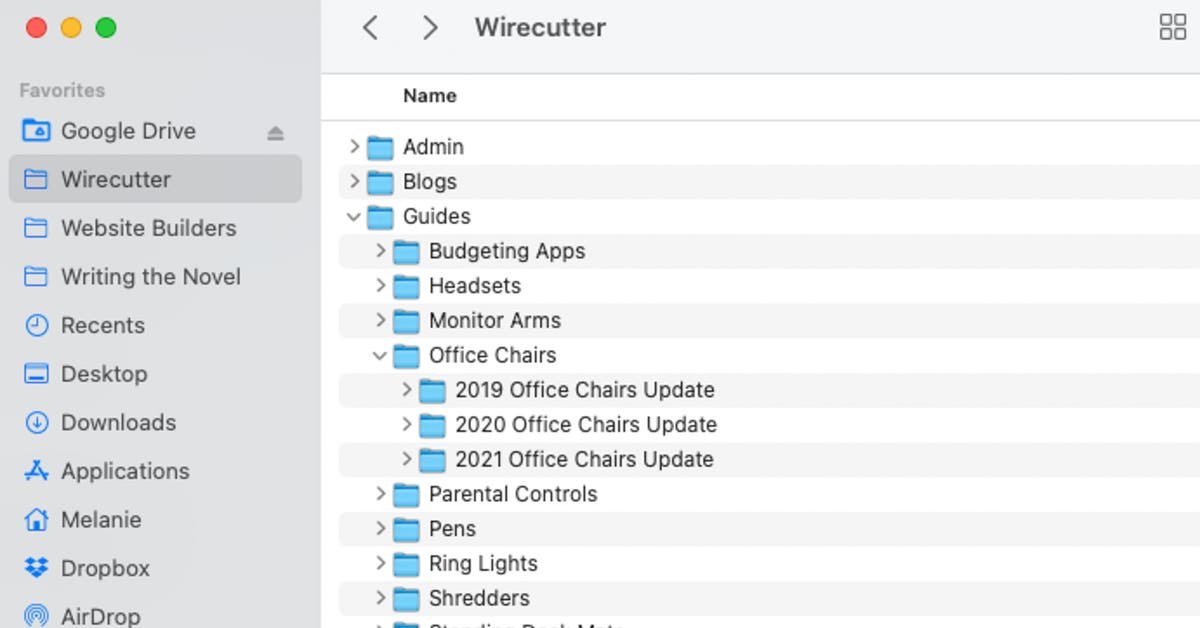A Beginner’s Guide to Learning Python Programming
Embark on a thrilling journey into the world of Python programming! Python is a versatile and beginner-friendly programming language that’s rapidly gaining popularity due to its extensive applications and ease of use. This guide serves as your stepping stone into the exciting realm of Python, offering insights to help you build your skills. It addresses the common struggles of beginners, like feeling overwhelmed by the sheer number of resources, and offers clear solutions and a structured approach. This guide is designed to be your perfect companion; it walks you through core concepts and provides practical examples. We’ll cover essential syntax, key data structures, and demonstrate their application with practical code examples. Get ready to become a proficient Python programmer!
1. Setting up Your Python Environment
1.1 Choosing the Right Python Interpreter
Python is available in various versions. For beginners, using the latest stable version is generally recommended. Python is designed for readability and ease of use. With its clear syntax, you can focus on the logic behind your program without getting lost in complex rules. This means you can quickly grasp the fundamental programming concepts. Furthermore, its extensive libraries offer pre-built functions that can significantly reduce your coding time. Many beginners encounter issues with choosing the correct Python interpreter, especially in the early stages. Choosing the appropriate interpreter is essential; it impacts code compatibility and the functionality of your programs. The python interpreter plays a pivotal role in executing your code and is a crucial tool for beginners. Using the recommended interpreter ensures that your code runs smoothly and that you benefit from optimal compatibility. This ultimately leads to a smoother and more efficient learning experience. In practice, a beginner would typically install the latest version, ensuring compatibility with the latest libraries and frameworks. The recommended interpreter for beginners is the latest stable version which can easily be installed using package managers or download installers readily available on official websites.
2. Mastering Fundamental Python Syntax
2.1 Variables, Data Types, and Operators
Understanding the basic building blocks of Python is crucial to build upon more complex code and programs later on. In Python, variables are used to store information, and there are several fundamental data types that you’ll frequently work with. These include integers, floating-point numbers, strings, booleans, and lists. Understanding these will be essential for more advanced Python use cases. For instance, integers are used to represent whole numbers, such as 1, 10, or 1000. Floating-point numbers store decimal numbers like 3.14, 2.718, or 0.001. Strings are sequences of characters enclosed in quotes. These are used for text manipulation in Python. Boolean values store truth values (True or False). These are important for conditional statements. List data types hold ordered sequences of items. Data structures like lists allow you to collect and manipulate information effectively. Python’s intuitive syntax allows programmers to express themselves concisely and efficiently.
3. Working with Data Structures
3.1 Lists, Tuples, and Dictionaries
Data structures are essential in Python programming. They help you organize and manipulate data efficiently. Python offers various data structures, including lists, tuples, and dictionaries. These structures provide different ways to manage collections of items. Lists are ordered collections of items, and can be modified. Tuples, on the other hand, are immutable sequences that are useful when you need to store collections of data that shouldn’t change. Dictionaries are key-value stores, which are used when you need to associate values with specific keys. Using these data structures appropriately allows you to develop sophisticated data analysis and handling applications.
4. Control Flow and Logic
4.1 Conditional Statements (if-else)
Python’s conditional statements are used to execute different blocks of code based on certain conditions. Python provides a variety of conditional statements and control flow mechanisms, including the if-else construct to implement conditional logic. Using conditionals allows programs to respond to different inputs and situations dynamically. This is crucial for building flexible and adaptable programs. For instance, in a program that determines if a number is even or odd, you’ll use a conditional statement to implement the logic that checks for divisibility by two. In a broader sense, understanding conditional logic is essential in programming, as it allows for the development of more complex and sophisticated programs.
Related Post : How to Set Up a Home Office for Maximum Efficiency
5. Functions and Modules
5.1 Defining and Calling Functions
Functions are reusable blocks of code that perform specific tasks. They are essential in Python programming, as they enhance code organization and readability. Defining functions allows you to break down complex tasks into smaller, more manageable units. Functions also promote code reusability, which means you don’t have to write the same code multiple times. Modular design enhances code maintainability, reducing the chance of errors in large projects.
What are some common use cases for Python?
Python is exceptionally versatile and used in many areas, including web development (using frameworks like Django or Flask), data science (with libraries like Pandas and NumPy), machine learning (employing libraries such as scikit-learn and TensorFlow), scripting, and automation. Its adaptability across various domains makes it a valuable skill for a broad range of professions.
How can I learn Python effectively?
Effective learning involves consistent practice, focusing on understanding fundamental concepts, and seeking support when needed. Interactive tutorials, exercises, and project-based learning can significantly enhance your proficiency. Joining online communities and engaging in coding challenges can foster a supportive learning environment.
In conclusion, this beginner’s guide to Python programming provides a solid foundation for aspiring programmers. By understanding fundamental concepts, and practicing coding examples, you can begin building your own Python projects. Ready to embark on your Python journey? Enroll in our online Python course today, and unlock a world of possibilities with this powerful language!
Share this content:














8 comments